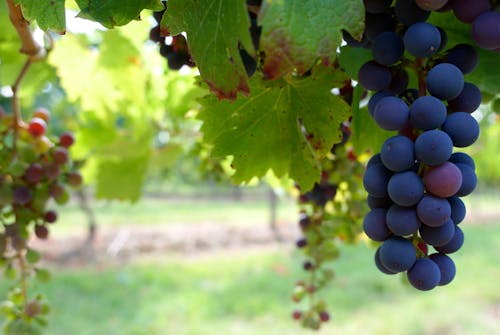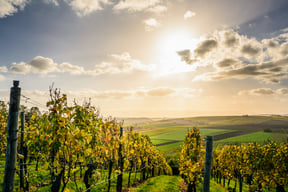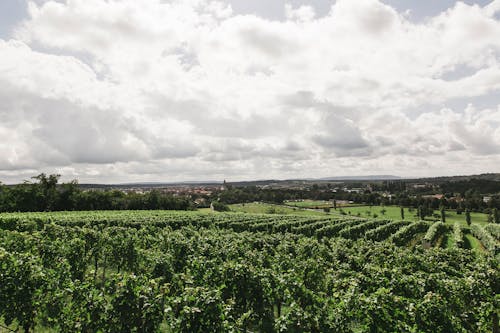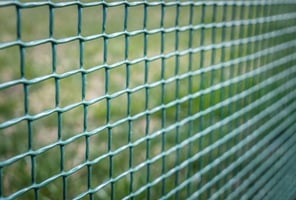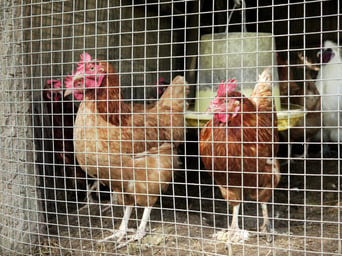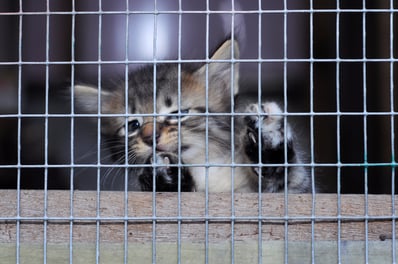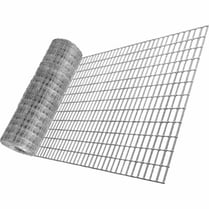Protecting Your Yields
What can you do if deer are ravaging your vineyard? Deer can be very damaging to your vines, particularly if your vineyard is near a forest. Newly planted vines, tendrils, shoots, and blossoms are appealing to hungry deer and of course, the new shoots on older vines. The interruption caused by munching deer can substantially lessen your harvest or delay a new vineyard's harvest by a year.
Strength and Flexibility
High-tensile woven wire fencing is perhaps the most effective fence material to use as a vineyard perimeter barrier. Woven from 12½
Little Maintenance and Years of Service
In addition to their strength, these fence materials will last for years. Woven wire fencing requires little maintenance throughout its lifetime. The strong high tensile wire used has a heavily galvanized Class 3 coating, guaranteeing superior resistance to rust and corrosion.
Some sizes of woven wire fencing for vineyards are available with a black painted finish over a zinc/aluminum coating. Although not exactly a Class 3 coating, these will last four to six times as long as standard Class 1 fences. The black color fence material is more attractive than the bright galvanized. From a distance, a black fence becomes virtually invisible against the background.
With Graduated Spacing
There is a wide selection of heights available, from 48" (4') up to 120" (10'). You can make a tall fence without having to double up two shorter rolls. The spacing between horizontal wires is graduated - smaller at the bottom, larger at the top. Rolls are usually 330' in length.
Woven wire fencing for vineyards is the ideal material to use. What's your choice?


